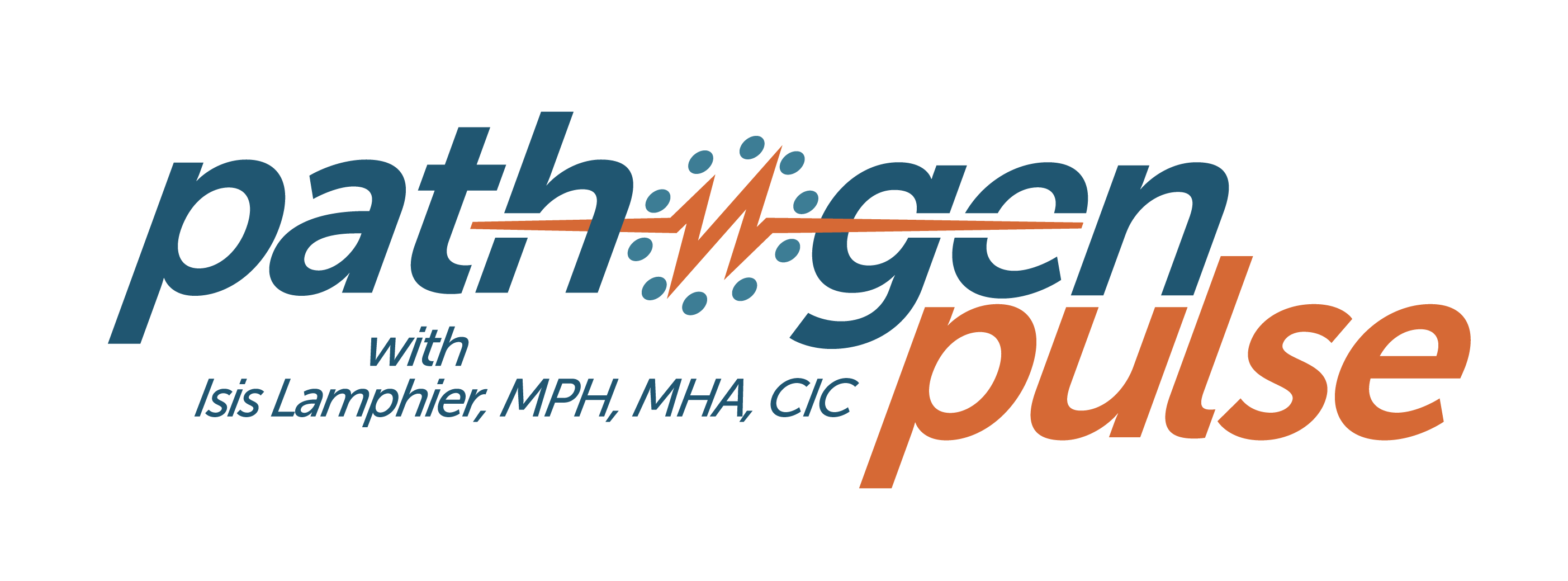Pathogen Pulse: The Microbiology Behind the Raw Milk Controversy
Despite claims of health benefits, raw milk poses serious infection risks. Pathogens like E coli and Listeria can cause severe illness, especially in vulnerable populations.
Pathogen Pulse with Isis Lamphier, MPH, MHA, CIC

Raw milk has been at the center of a heated debate between advocates who tout its natural benefits and health officials who warn of its dangers. Raw milk proponents claim it contains beneficial probiotics, higher levels of certain vitamins, and enzymes that aid digestion. Some also argue that it provides a more natural and unprocessed alternative to commercial dairy products. However, health care professionals such as infection preventionists (IPs) responsible for mitigating risks of foodborne illnesses must navigate through myths and misinformation to ensure public safety. This article explores the microbiological risks associated with raw milk, common misconceptions, and evidence-based strategies for preventing milk-borne infections.
Pasteurization, a process developed by Louis Pasteur in 1864, involves heating milk to a specific temperature for a set time to kill harmful pathogens.2 This method has significantly reduced milk-borne illnesses, preventing diseases such as listeriosis, tuberculosis, Q fever, and brucellosis. Despite its proven efficacy, some believe pasteurization reduces milk’s nutritional quality—a claim that scientific studies have debunked.1 Pasteurized milk retains the same essential nutrients without the risks associated with raw milk.
Raw milk can harbor harmful bacteria responsible for serious foodborne illnesses, including Salmonella, Escherichia coli, Listeria, Campylobacter, and Brucella.2 Between 1998 and 2018, the CDC documented 202 outbreaks linked to raw milk, resulting in 2,645 illnesses and 228 hospitalizations.1 The true burden is likely higher, as most foodborne illnesses go unreported.
Certain populations, including young children, pregnant women, older adults, and immunocompromised individuals, are particularly vulnerable to these infections. For example, Listeria monocytogenes, found in raw milk, poses severe risks to pregnant women, potentially leading to miscarriage, stillbirth, or neonatal death.3
Some studies have found that up to a third of all raw milk samples contained pathogens, even when sourced from clinically healthy animals or milk that appeared to be of good quality.4 The presence of bacteria such as Campylobacter jejuni and L monocytogenes in raw milk samples highlights the difficulty in ensuring raw milk safety, as contamination can occur through udder infections, fecal matter, and environmental exposure.1
A historical perspective further supports pasteurization's necessity. By the early 1900s, 10% of human tuberculosis cases were attributed to infected milk.4 The introduction of milk pasteurization in cities like Chicago drastically reduced tuberculosis outbreaks, saving countless lives. By 1938, milk-borne outbreaks accounted for 25% of foodborne disease cases; today, with pasteurization, they account for less than 1%.3
Despite widespread scientific agreement, myths persist about raw milk’s supposed benefits:
- Nutritional superiority: Pasteurization does not significantly alter milk’s vitamins, proteins, or minerals.2
- Lactose intolerance relief: Raw milk does not contain lactase and has no documented effect on lactose digestion.4
- Immune system benefits: No scientific evidence supports the claim that raw milk boosts immunity.2
- Allergy and asthma prevention: Epidemiological studies associate farm living with lower allergy risks, but no direct link to raw milk has been established.4
Raw milk consumption is associated with significant public health risks. From 1993–2006, raw dairy caused 60% of milk-related outbreaks, resulting in hospitalizations and deaths.1 Between 2007–2012, outbreaks tied to raw milk quadrupled, underscoring its dangers. Even in states where raw milk sales are illegal, outbreaks still occur, affecting thousands of individuals.2 In a systematic review, 83% of hemolytic uremic syndrome (HUS) cases in North America from 2007 to 2020 were linked to raw dairy consumption, with many cases involving children.5
Studies have debunked the idea that raw milk provides beneficial probiotics. The bacteria present in raw milk primarily originate from contamination sources such as the cow’s gastrointestinal tract, milking equipment, or the environment.4 While fermented dairy products like yogurt contain probiotics intentionally added during production, raw milk does not contain sufficient beneficial bacteria to impact gut health positively.3
Preventing raw milk-related infections requires adherence to strict safety measures:
- Choose pasteurized dairy products and verify labels.
- Store milk at or below 40°F to inhibit bacterial growth.2
- Discard expired or spoiled milk immediately.
- Educate consumers, especially vulnerable populations, about raw milk dangers.1
- Monitor and comply with local raw milk regulations.
Scientific consensus confirms that raw milk offers no unique health advantages while significantly increasing infection risk.4 A clinical case study highlighted the severe consequences of raw milk consumption when an 8-year-old child developed hemolytic uremic syndrome following E. coli O157:H7 exposure, leading to hospitalization and intensive care.5 Pasteurization remains one of the most effective food safety interventions, protecting public health for over a century.3 IPs are critical in dispelling myths and advocating for safe dairy consumption practices.
References
- Raw milk and foodborne illness. CDC Published 2024. Accessed February 18, 2025. https://www.cdc.gov/food-safety/foods/raw-milk.html
- The dangers of raw milk. Published 2024. Food and Drug Administration. Accessed February 18, 2025. https://www.fda.gov/food/buy-store-serve-safe-food/dangers-raw-milk-unpasteurized-milk-can-pose-serious-health-risk
- Raw milk misconceptions and the danger of raw milk consumption. Food and Drug Administration. Published 2024. Accessed February 18, 2025. https://www.fda.gov/food/buy-store-serve-safe-food/raw-milk-misconceptions-and-danger-raw-milk-consumption
- Lucey JA. Raw milk consumption: risks and benefits. Nutrients. 2016;8(6):375. doi:10.3390/nu8060375. PMID: 27340300
- Silveira A, Pinheiro Carvalho J, Loh L, Benusic M. Public health risks of raw milk consumption: lessons from a case of paediatric hemolytic uremic syndrome. Can Commun Dis Rep. 2024;50(2):43-48. doi:10.14745/ccdr.v50i02a04. PMID: 38463905
Show, Tell, Teach: Elevating EVS Training Through Cognitive Science and Performance Coaching
April 25th 2025Training EVS workers for hygiene excellence demands more than manuals—it requires active engagement, motor skills coaching, and teach-back techniques to reduce HAIs and improve patient outcomes.
Phage Therapy’s Future: Tackling Antimicrobial Resistance With Precision Viruses
April 24th 2025Bacteriophage therapy presents a promising alternative to antibiotics, especially as antimicrobial resistance continues to increase. Dr. Ran Nir-Paz discusses its potential, challenges, and future applications in this technology.
Robust infectious disease surveillance, including rapid subtyping of influenza A, is essential for early detection, containment, and public health reporting of novel viral threats.